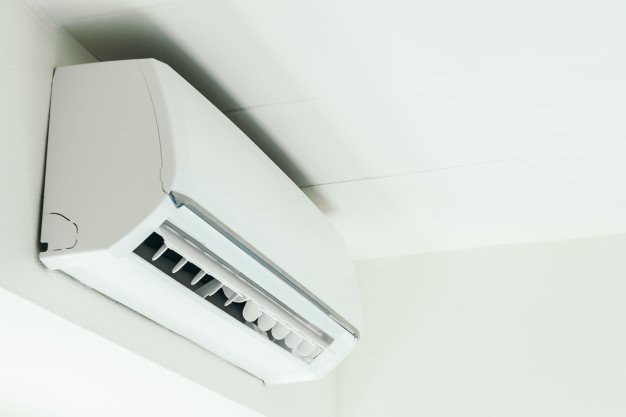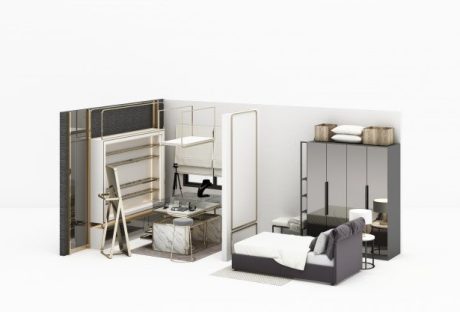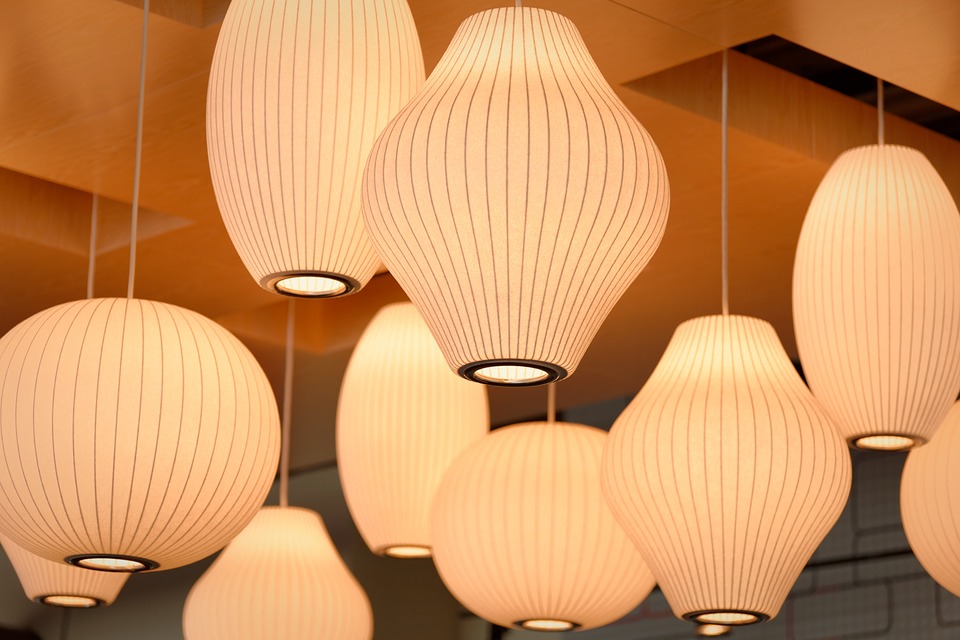Pesticides serve a very important purpose in our world, but they must be used safely and by people and organizations who know what they are, how to use them safely, and with care. The Pest Company and other businesses have the expert knowledge to use pesticides how and for what they were intended without harming the environment or other people who might not have the same knowledge of these chemicals. Novice users of pesticides often make serious mistakes when applying and using pesticides in general, causing great harm. Here are a few of the worst cases of people incorrectly using pesticides.
What These People Did Wrong in Using Pesticides:
1. Spray System:
How a person sets up a system for spraying pesticides can be the difference between them being effective and them unevenly protecting the areas they’re supposed to protect. Careful setup of something like a crop sprayer is vital if the pesticides are going to do their job. Farmers and other people who use such systems need to carefully decide whether they are capable of doing the job themselves or whether they should call a company that can do it for them.
2. The Wrong Pest:
Pesticides only work if you use the proper pesticide for the proper pest. The initial trouble is often determining what pest is interfering with your property. If you misidentify, you can completely fail to control the pests that might be destroying crops or other growing things. Make sure to identify the pest before heading to the store for a pesticide.
Read more: DIY Ways To Control Pests In Your Garden
3. The Wrong Mix:
Pesticides often have to be mixed, and if you get an improper quantity of mixture, things can become very ugly very quickly, damaging crops or even causing harm to the person who is doing the mixing. These are extremely powerful chemicals, and they can cause harm to the human body when you don’t follow the directions for mixing them with other substances. The best way to get the write mixture is to ask a professional to do the job for you. This can save crops and other living things from destruction and even save a person from being injured.
4. When It’s Too Late:
There is a certain time when it’s right to apply a pesticide. Sometimes people may wait until it’s too late for the pesticide to do any good. Things like weeds can sometimes grow so much that a pesticide isn’t going to do a lot of good at that stage, or you may need a stronger pesticide to cope with the problems. Professionals know exactly what stage of growth a particular crop is at and just when a certain pesticide will be useful or useless.
5. Misjudging The Environment:
Temperature counts on certain pesticides, as well as other environmental conditions that you might not be aware of. There’s nothing more frustrating than putting a lot of money toward a certain pesticide and finding out that it’s ineffective because the rainfall was too great or the temperature in your area was too hot. Temperature and rain affect the effectiveness of pesticides, so it’s important to read the labels and know exactly what conditions will make that specific pesticide useful. If you don’t, you might waste a lot of time, money, and effort spraying a completely useless pesticide.
6. Dirty Spray Systems:
When spray systems sit, they often become the victim of environmental residue, dirt, and other debris that can get in the tanks. This debris may even harm crops or other living things that you’re trying to protect, so it’s vital to make sure that you have a clean spray system before you start spraying your pesticides. Professionals are the people to call when you need your spray system cleaned spotlessly.
People make these mistakes about pesticides every day. The majority of folks don’t know a heck of a lot about pesticides, and there’s nothing wrong with that. It’s for this reason that pesticide companies are so useful to the world. They make sure that spray systems are clean, pesticides are used properly and on the right pests, and used safely so that no harm comes to the environment or the people who might be exposed to the pesticides. If you’re not sure how to use pesticides, call a pro.
Read Also:






















